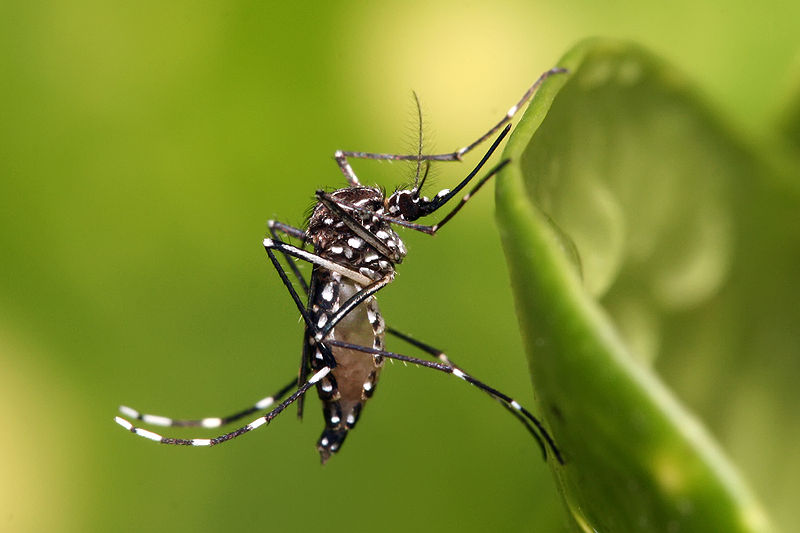A fly-infecting bacterium can prevent mosquitoes from carrying the  potentially deadly dengue virus, Australian scientists have shown.
potentially deadly dengue virus, Australian scientists have shown.
Dengue is now one of the world's most common infectious diseases with 100 million cases and up to 40,000 deaths occurring globally per year. The condition causes a high fever, rash, joint and back pains. In severe cases a shock syndrome can set in, leading to haemorrhage, low blood pressure, unconsciousness and death.
Worryingly, driven by rising world population, urbanisation and climate change, the geographical range of dengue is increasing rapidly as the Aedes aegypti mosquito that carries the agent finds a home in progressively more places worldwide.
Currently, with no licensed vaccine in sight, the only means of control is to spray the mosquitoes. But now Scott O'Neill, from the University of Queensland, has discovered an alternative: a strain of a bacterium called Wolbachia pipientis (dubbed wMel) that harmlessly infects mosquitoes but simultaneously, by an as-yet unknown mechanism, renders them resistant to dengue. And because the bacterium subtley affects the fertility of the mosquitoes, meaning that uninfected females cannot mate successfully with infected males, the infected females are at a reproductive advantage and pass the infection on via their eggs.
Following tests in the lab, the Australian team carried out field trials releasing 300,000 adult Aedes aegypti mosquitoes infected with wMel over a 10 week period close to Cairns. Within five weeks nearly all the wild mosquitoes caught in traps around the area tested positive for the infection. This shows that the bacterium can transmit effectively into wild populations.
The next step, which the team are now working on, will be to repeat the release in a high dengue activity area and monitor the impact on the disease.









Comments
Add a comment